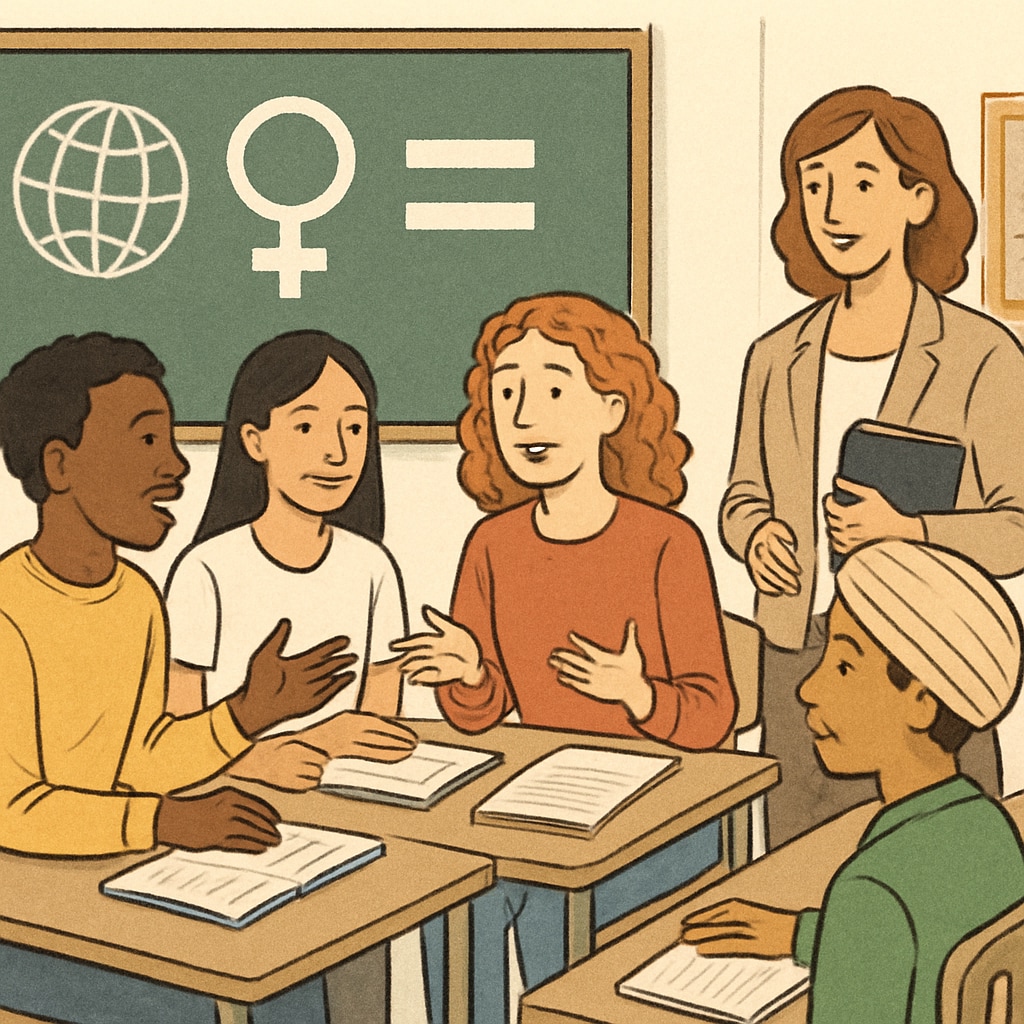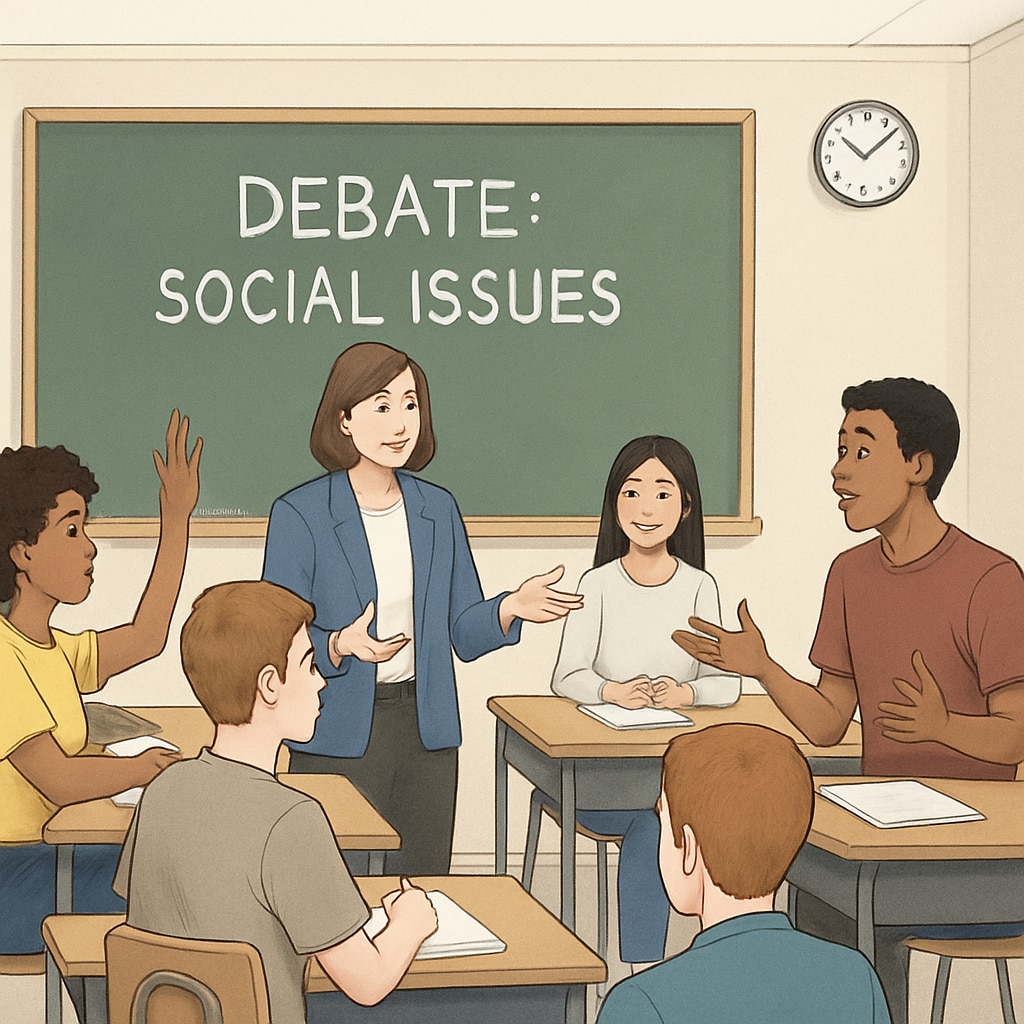The concept of “wokeness,” often associated with social awareness and inclusivity, has become increasingly prevalent in K12 educational environments. As schools embrace ideological diversity and strive to create inclusive spaces, students are forming strong perspectives on how these cultural shifts impact their learning experiences. This article delves into student viewpoints, exploring how “wokeness” affects the educational ecosystem, while reflecting on the need to balance inclusivity with academic objectives.

Understanding Campus Wokeness: A Cultural Shift in Schools
In recent years, “wokeness” has permeated many aspects of education, bringing attention to issues such as racial equity, gender inclusivity, and social justice. Schools are increasingly incorporating these ideas into curricula, policies, and classroom discussions. For example, some schools include lessons on historical injustices or establish clubs that focus on diversity and activism. While these initiatives aim to foster empathy and understanding, students often have mixed reactions to their implementation.
According to a survey conducted among K12 students, many appreciate the effort to address societal challenges and promote equality. However, others express concerns that these discussions can overshadow traditional academic goals, such as preparing for standardized tests or developing critical thinking skills. This dichotomy raises important questions: How can schools maintain a balance between ideological exploration and academic rigor?
How Students Perceive Wokeness in Their Schools
Students’ opinions on “wokeness” vary widely depending on their personal experiences and cultural backgrounds. Some students see it as empowering, offering a platform to discuss issues they face daily. For example, LGBTQ+ students often express appreciation for inclusive policies and programs that make them feel welcome and understood.
However, not all students feel the same way. Critics argue that excessive focus on “wokeness” can create division or discomfort among peers with differing views. For instance, debates on controversial topics may lead to polarized opinions, which can be challenging to navigate in a classroom setting. Additionally, some students worry that these initiatives might inadvertently silence alternative perspectives, undermining the principle of ideological diversity.

Balancing Inclusivity and Academic Goals
One of the biggest challenges schools face is maintaining the balance between inclusivity and educational fundamentals. While promoting diversity is essential, educators must ensure that core subjects like math, science, and literature are not neglected. This requires thoughtful integration of “wokeness” into curricula without compromising academic rigor.
To achieve this, schools might consider:
- Embedding social awareness topics into existing subjects rather than creating entirely separate courses.
- Encouraging open dialogue where students can respectfully share differing opinions.
- Providing professional development for teachers to facilitate balanced and objective discussions.
Such approaches can help schools address social issues while staying true to their primary mission: preparing students for future success academically and socially.
The Long-Term Implications of Wokeness in Education
As schools continue to adapt to societal changes, the influence of “wokeness” on education will likely evolve. Students who grow up in environments that emphasize inclusivity may develop stronger empathy and global awareness, both of which are valuable in the modern workforce. However, if not managed carefully, these initiatives could lead to unintended consequences, such as perceived bias or reduced focus on traditional subjects.
Ultimately, the success of incorporating “wokeness” into schools depends on finding harmony between progressive ideals and academic excellence. By fostering open discussions and ensuring balanced curricula, educators can create environments where all students thrive.
Readability guidance: Short paragraphs and lists ensure clarity. Active voice emphasizes student perspectives. Transition words like “however” and “in addition” improve flow. External links provide additional credibility.


